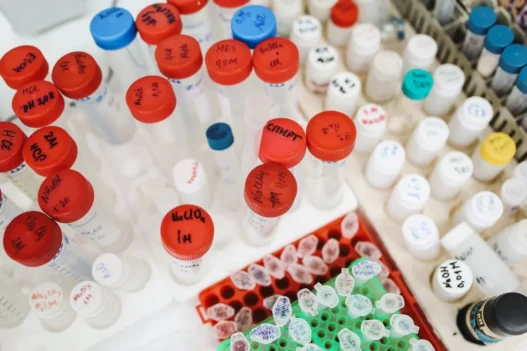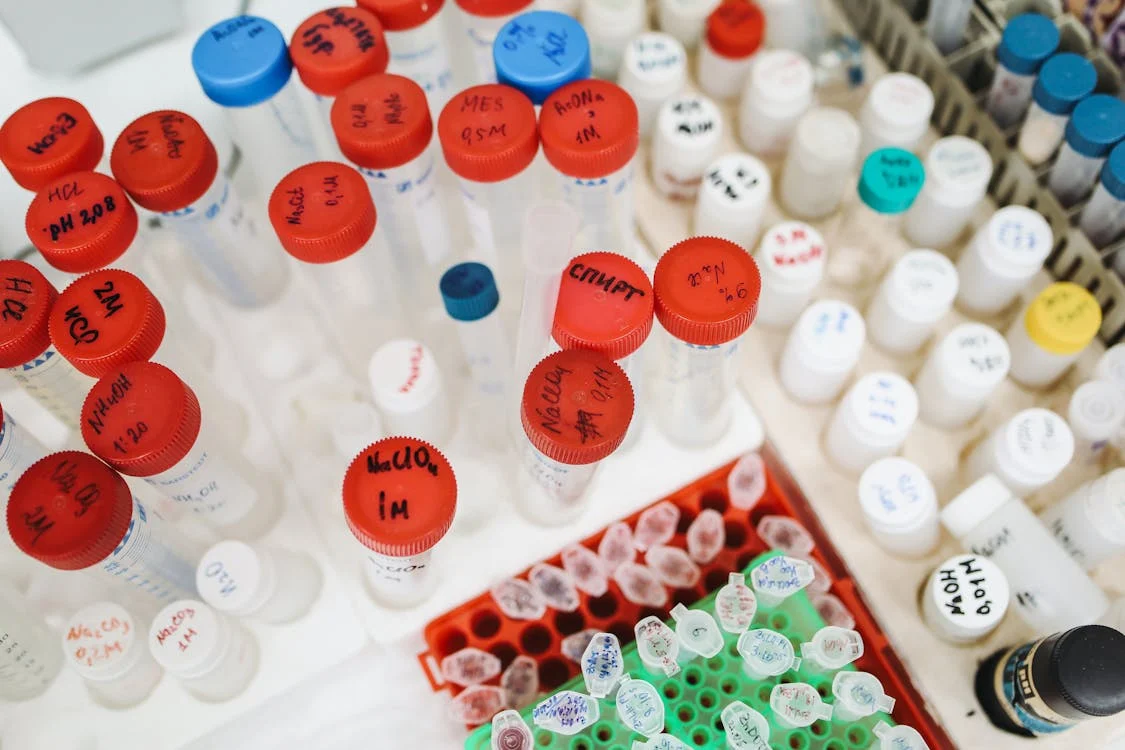Tribromoacetic acid, a compound commonly used in the fields of chemistry and pharmaceuticals, plays a significant role in everyday life. It is utilized in the synthesis of various chemicals, such as pharmaceuticals, pesticides, and dyes. Additionally, tribromoacetic acid is employed in laboratories for its strong oxidizing properties, making it a valuable reagent in organic chemistry research. Its contributions to the advancement of scientific knowledge and technological innovation highlight its importance in numerous aspects of daily life.
Table of Contents:
- 💡 Commercial Applications
- ⚗️ Chemical & Physical Properties
- 🏭 Production & Procurement
- ⚠️ Safety Considerations
- 🔬 Potential Research Directions
- 🧪 Related Compounds
💡 Commercial Applications
Tribromoacetic acid (TBA) is primarily used in commercial and industrial applications for its role as a reagent in the synthesis of various organic compounds. It is commonly employed in organic chemistry as a reagent in the formation of esters, amides, and other derivatives. TBA is particularly valued for its ability to facilitate reactions where halogenation is required.
In the pharmaceutical industry, Tribromoacetic acid is utilized in the production of certain drugs and medications. It serves as a key intermediate in the synthesis of pharmaceutical compounds with therapeutic properties. TBA is often employed in the preparation of active pharmaceutical ingredients (APIs) through various chemical reactions, contributing to the development of new medicines.
One notable application of Tribromoacetic acid in drug development is in the production of antiviral medications. Its chemical properties make it suitable for the synthesis of compounds that exhibit antiviral activity against specific viruses. Through careful manipulation of its structure, researchers can create novel antiviral drugs that target viral infections in humans, offering new treatment options in the field of medicine.
⚗️ Chemical & Physical Properties
Tribromoacetic acid is a white crystalline solid with a pungent odor. It is highly soluble in water, making it easy to dissolve in aqueous solutions. The odor can be described as sharp and acrid, with a distinctive chemical smell.
With a molar mass of approximately 266.8 g/mol and a density of 2.74 g/cm3, tribromoacetic acid is much heavier and denser than common food items. For comparison, the molar mass of glucose is about 180.2 g/mol, and the density of olive oil is around 0.91 g/cm3. Tribromoacetic acid is significantly more dense and heavier than these food substances.
Tribromoacetic acid has a melting point of around 128-131°C and a boiling point of approximately 260-265°C. These temperatures are significantly higher than those of common food items. For example, butter has a melting point near human body temperature (around 37°C), and water boils at 100°C. Tribromoacetic acid’s melting and boiling points are much higher than those of typical food substances.
Tribromoacetic acid is highly soluble in water and has a low viscosity. This means it can easily mix with water and flow freely. In comparison, substances like sugar and salt are also soluble in water but may have different levels of viscosity. Tribromoacetic acid’s solubility and viscosity properties are distinct from most common food items.
🏭 Production & Procurement
Tribromoacetic acid is typically produced through the acid-catalyzed bromination of acetic acid. This process involves the reaction between acetic acid and bromine in the presence of sulfuric acid as a catalyst to yield tribromoacetic acid as the final product.
In terms of procurement, Tribromoacetic acid can be obtained from chemical suppliers or manufacturers specializing in organic acids. The compound is commonly available in the form of a solid powder or crystalline substance. It can be transported in bulk quantities via standard chemical shipping methods, such as in drums or containers, to various industries for further use.
Tribromoacetic acid is commonly used as a reagent in various organic reactions and as a precursor for the synthesis of other organic compounds. Due to its toxic and corrosive nature, proper safety measures must be followed during handling and storage. Users are advised to adhere to relevant chemical safety guidelines and protocols when working with this compound.
⚠️ Safety Considerations
Safety considerations for Tribromoacetic Acid include its corrosive nature, which can cause severe skin and eye irritation upon contact. It is important to handle this substance with care, wearing appropriate personal protective equipment such as gloves, goggles, and lab coat. Additionally, it is crucial to work with Tribromoacetic Acid in a well-ventilated area to prevent inhalation of its fumes, which can lead to respiratory irritation.
Hazard statements for Tribromoacetic Acid include “causes severe skin burns and eye damage,” “may cause respiratory irritation,” and “harmful if swallowed.” It is important to be aware of these potential hazards when working with this substance. Proper handling and storage procedures should be followed to minimize the risk of exposure and injury.
Precautionary statements for Tribromoacetic Acid include “wear protective gloves/eye protection/face protection,” “do not breathe dust/fume/gas/mist/vapors/spray,” and “wash thoroughly after handling.” These precautions are essential for ensuring the safety of individuals working with this substance. It is important to follow these instructions carefully to prevent accidents and minimize the risks associated with handling Tribromoacetic Acid.
🔬 Potential Research Directions
One potential research direction for Tribromoacetic Acid is studying its environmental impact and toxicity. This could involve investigating its effects on aquatic and terrestrial organisms, as well as its persistence in the environment.
Another avenue of research could focus on the use of Tribromoacetic Acid in organic synthesis. Its ability to selectively brominate certain organic compounds makes it a valuable reagent for the creation of complex molecules. Further exploration in this area could lead to the development of new synthetic methodologies.
Additionally, research could be conducted to explore the potential medicinal applications of Tribromoacetic Acid. Given its bromine content and known reactivity, it may have antibacterial or antifungal properties that could be harnessed for pharmaceutical purposes. Investigating its potential as a drug candidate could yield novel therapeutic agents.
🧪 Related Compounds
One similar compound to Tribromoacetic Acid is Trichloroacetic Acid. This compound also contains a carboxylic acid group but with chlorine atoms in place of the bromine atoms. Trichloroacetic Acid is a strong acid that is commonly used in laboratory settings for protein precipitation.
Another compound similar in structure to Tribromoacetic Acid is Trifluoroacetic Acid. In this compound, fluorine atoms replace the bromine atoms on the molecule. Trifluoroacetic Acid is also a strong acid but is known for its use in chromatography and peptide synthesis due to its ability to break peptide bonds.
A third compound that shares a similar molecular structure with Tribromoacetic Acid is Trifluoromethanesulfonic Acid. This compound features a sulfonic acid group instead of a carboxylic acid group, but with fluorine atoms. Trifluoromethanesulfonic Acid is a superacid that is used in a variety of organic reactions due to its strong acidity and ability to protonate a wide range of organic compounds.









